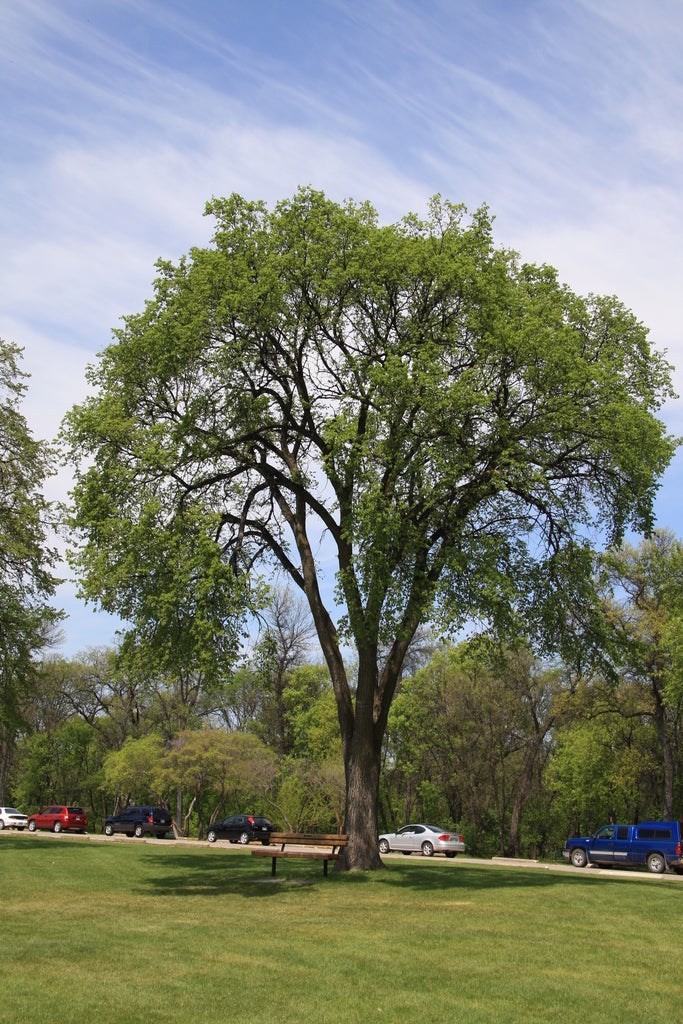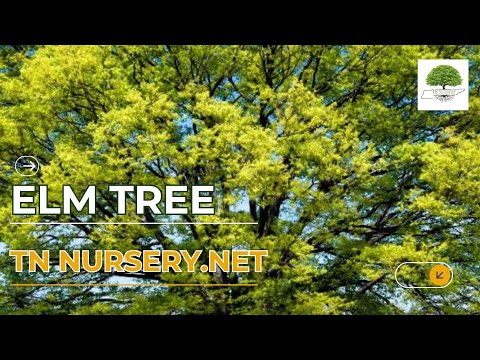Elm Trees for Sale | Ulmus americana
Elm Tree Ulmus americana is a beautiful and deciduous tree that creates an elegant landscape, garden, and wildlife haven. This tree can be planted in various soil textures, including clay, loam, or sand. Plant in neutral soil. It is a deer-resistant tree. This tree is very valuable to wildlife, providing both food and shelter. Small animals will eat the seeds.
Plant Details of Elm Trees (Ulmus Americana)
Family: Ulmaceae
Light Requirement: Full Sun
Water Needs: Moist
Height: 60 – 80 ft.
Spread: 30 – 60 ft.
Growth Rate: Slow
Bloom Time: Spring
Flower Color: Red
Wildlife Value: Attracts butterflies and birds
Landscape Uses and Maintenance for Elm Trees
The Elm Tree is a rare, vase shaped deciduous tree that has an elegance unmatched by other trees. It is a beautiful native tree that used to be extremely common throughout the eastern region of the United States.
This tree is a great choice for planting as a shade tree or as a focal point in your yard. You can plant it in your woodland, butterfly, or native garden. Its bark is dark gray and has deep ridges. The leaves are dark green and doubly serrated and will turn to a beautiful yellow in the fall. Its flowers are inconspicuous and not ornamental in nature, but they are dark red.
Noteworthy Characteristics of Elm Trees
Elm tree is a host plant for many butterflies, including Painted Lady Butterflies, the Mourning Cloak Butterfly, and the Question Mark Butterfly.
Exposure
Elm Trees thrive in full sun to partial shade. They favor bright, indirect sunlight but can also tolerate some shade. For optimal growth and flowering, ensure they receive at least 4-6 hours of sunlight daily.
Height at Maturity
Over 25 Feet
Usage
Shade
Shipped As
Bare-root
Ships
UPS
Planting Zones
4-9




